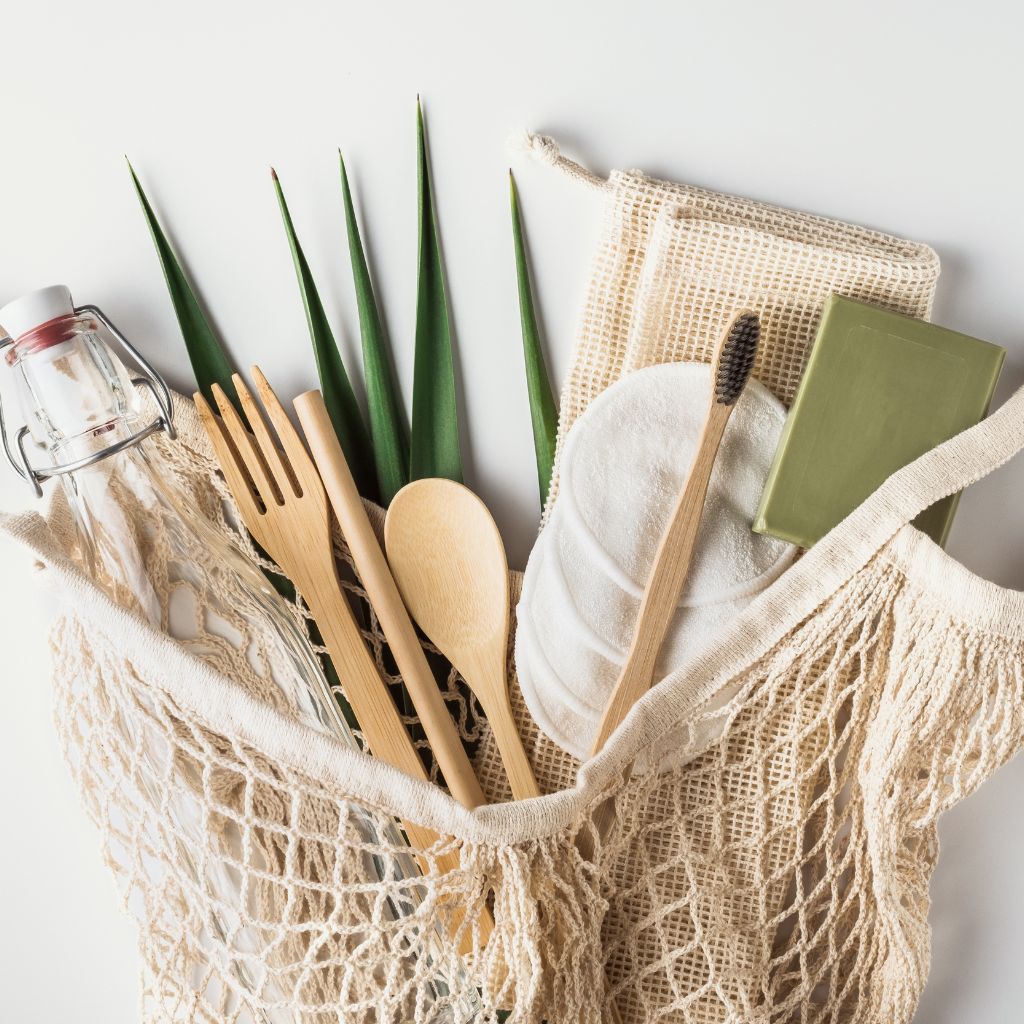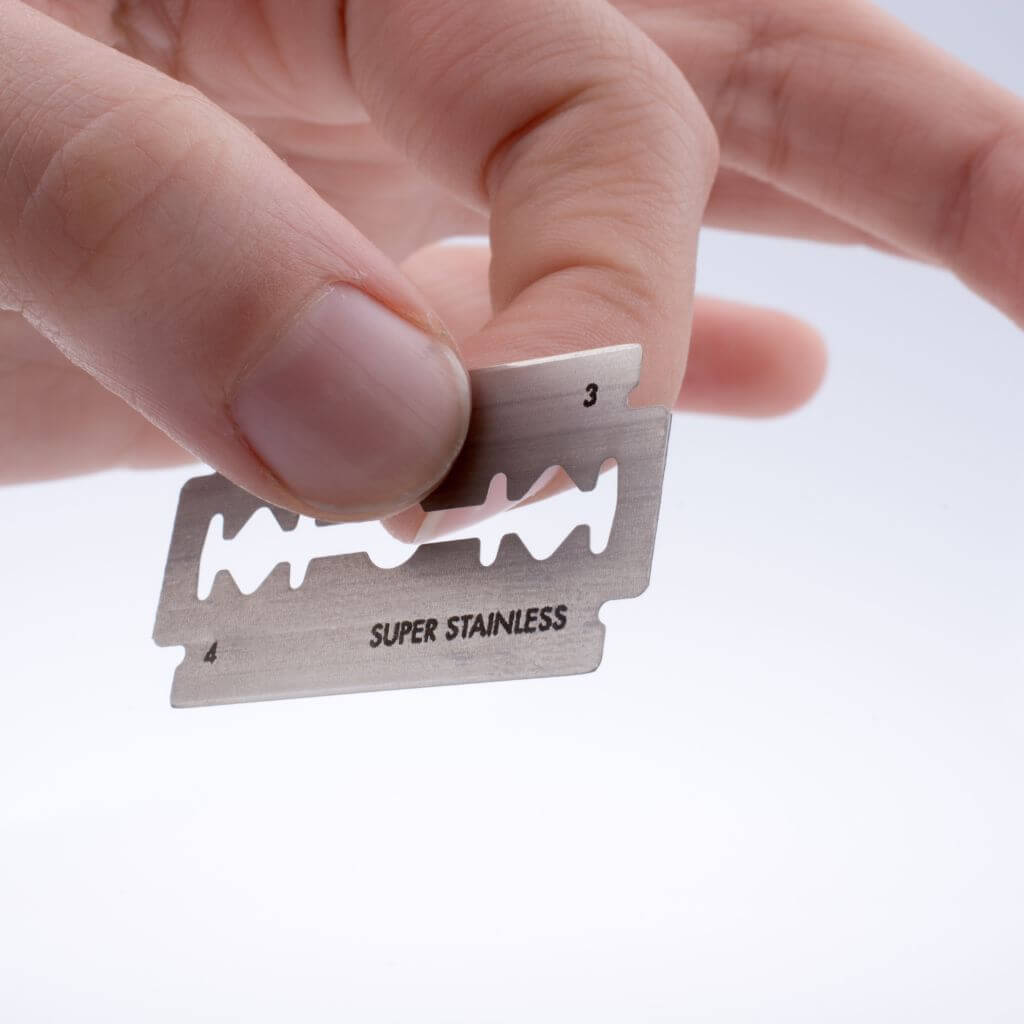
There's nothing quite like eating fresh fruits, veggies, and herbs from your own backyard. Not only does homegrown produce taste better, but you can also control how it's grown. Growing food yourself is rewarding, cost-effective, and environmentally friendly.
I'm no expert, but we've recently grown a small, fairly successful garden from scratch, with minimal knowledge. YouTube is a great help!
Follow these 9 tips to successfully grow your own food in Australia:
- Make the Most of Your Space
Even small backyards and balconies can yield crops. Focus on plants that produce a lot of food in a small space, like tomatoes, leafy greens, herbs, berries, and dwarf fruit trees. Use vertical space by training vines up walls and trellises. Plant in containers for ultimate portability.
- Grow tomatoes, peppers, eggplants, and cucumbers vertically on a trellis or cage to save space.
- Plant bush varieties of zucchini, pumpkins, beans, and peas that stay compact.
- Use hanging pots for strawberries, cherry tomatoes, herbs.
- Grow salad greens and radishes in a windowsill container garden.
For apartment living
- Utilise vertical space by hanging pots on walls, railings, and ceilings. Good for strawberries, cherry tomatoes, herbs.
- Opt for dwarf or bush varieties that stay compact - bush beans, dwarf citrus trees, patio tomatoes.
- Use containers for ultimate portability - grow peppers, greens, radishes on a sunny balcony.
- Install wall-mounted or freestanding raised garden beds. Perfect for salad greens, carrots, kale.
- Focus on fast-producing crops like microgreens and radish that can grow in shallow containers.
- Get creative with found items - reuse old crates, buckets, or cans for planting.
- Grow vine crops like cucumbers, peas, beans vertically on a trellis. Saves space.
- Install grow lights if your area lacks sun. Lettuce, herbs, tomatoes need 6+ hours of light daily.
- Join a community garden if outdoor space is limited - grow food together with neighbours!
- Compost food scraps in worm bins, Bokashi bins or composters designed for small spaces.
- Know Your Zone
Australia has diverse climates. Determine your garden zone to know when to plant. Most food plants do best in Zones 3-5 along the coasts. The inland Zone 4 has hot summers and cool winters perfect for apples and stone fruits. Learn your first and last frost dates
Zone 1 - Tropical Far North Queensland coast (Cairns, Port Douglas, Daintree). Very frost-free with year-round growing. Suit tropical fruits - banana, mango, pineapple, passionfruit, papaya.
Warm season veggies that thrive: okra, eggplant, sweet potato, chili peppers, pumpkins, beans, tomato
Cool season veggies to grow: bok choy, cabbage, broccoli, cauliflower, lettuce
Warm season: sweet corn, zucchini, cucumber, melon, capsicum, pumpkin, tomato
Cool season: potatoes, onions, carrots, spinach, Asian greens, lettuce
Warm season: tomato, capsicum, eggplant, squash, sweet potato, okra, beans
Cool season: broccoli, cabbage, cauliflower, peas, spinach, Asian greens
Warm season: peppers, eggplant, tomato, squash, corn, pumpkin, melon
Cool season: broad beans, onions, potato, carrot, brassicas
Warm season: tomato, corn, peppers, zucchini, basil, pumpkin
Cool season: peas, cabbage, cauliflower, broccoli, onions, spinach
Cool season: spinach, peas, Asian greens, radish, kale, lettuce, beetroot
Warm season: limited options - focus on greenhouse growing
Warm season veggies: tomato, eggplant, peppers, zucchini, squash, corn, basil
Cool season veggies: broccoli, cauliflower, carrots, beetroot, onions, peas, Asian greens
Zone 8 - Far south coastal Tasmania. Low risk of frost. Grow figs, grapes, subtropical fruits.Warm season: tomato, eggplant, zucchini, sweet peppers, green beans, corn, pumpkin
Cool season: broccoli, cabbage, brussels sprouts, cauliflower, spinach, silverbeet, lettuce
- Improve Your Soil
Good soil is vital. Add organic compost and manures to improve drainage and nutrients. Mulch to retain moisture and suppress weeds. Test your soil pH and add lime if needed to make nutrition available to plants. Rotate crops each year to prevent soil depletion.
- Mix compost or aged manure into soil before planting.
- Top dress gardens with compost and mulch annually.
- Test pH and add lime if below 6.5. Most veggies prefer 6.5-7.
- Conserve Water
Gardening in Australia means dealing with droughts. Use drip irrigation, mulch, and rain barrels to maximize water efficiency. Grow native plants adapted to dryness. Focus on shallow-rooted crops like lettuces. Avoid watering at night to minimize evaporation.
- Use drip irrigation for water-wise watering.
- Place plastic or organic mulch around plants to retain moisture.
- Set up rain barrels to collect water for use in garden.
- Group plants with similar water needs to optimize irrigation.

- Start Seeds and Seedlings
Get a head start on the growing season by planting seeds indoors or buying transplants. This allows harvests sooner. Use fast-growing varieties like radishes and salad greens for early yields. Harden off seedlings before transplanting them outside.
- Start tomatoes, peppers, and eggplants indoors 6-8 weeks before last frost.
- Sow lettuce, spinach, radish seeds directly in garden 2-3 weeks before last frost.
- Transplant hardened off seedlings on a cloudy day to avoid transplant shock.
- Use cloches or cold frames to give warmth-loving plants a head start.
- Control Pests Naturally
Avoid chemical pesticides - they also kill pollinators and beneficial insects! Instead use row covers, handpick pests, or spray insecticidal soap. Support biodiversity to keep pests in check. Plant flowers to attract beneficial predators like ladybugs that eat aphids.
- Handpick pests like cabbage worms and squash bugs and drop in soapy water.
- Attract ladybugs, lacewings, and parasitic wasps with flowering plants.
- Use row covers as a barrier against insects.
- Spray aphids with diluted soap or neem oil spray.
- Invite Pollinators
Bees, butterflies, and other pollinators are crucial for fruit and vegetable plants. Provide habitat to attract them with flowering plants of different colours and heights. Avoid pesticides that can harm pollinators. They'll reward you with better pollination and bountiful harvests.
- Plant Cosmos, Zinnias, Lavender, Bee Balm to attract pollinators.
- Avoid pesticides that can impact bee health.
- Provide a shallow bird bath for bees to rehydrate.
- Ensure something is blooming spring through fall.
- Harvest at Peak Flavour
Time your harvests for maximum flavour and quality. Pick greens like lettuces and spinach when young and tender. Harvest fruit when ripe - this is when nutrients are highest. Gather herbs just before flowering for fullest flavour. Know when veggies "bolt" or get bitter.
- Pick tomatoes when fully coloured but still firm.
- Harvest cucumbers and zucchini when slender and shiny.
- Pull carrots when roots are 1-1.5 inches diameter.
- Pick herbs just before flowering.
- Preserve and Store Your Bounty
Enjoy your homegrown goodness all year! Freeze, dry, can, or pickle produce at its peak. Store hardy crops like winter squash, onions, potatoes, and apples in a cool, dark place.
- Freeze extra berries, peppers, greens.
- Can or pickle cucumbers, green beans, carrots.
- Dry herbs, chili peppers, tomatoes in a dehydrator.
- Store potatoes, squash, onions in cool, dark place.

The Fruit and Veg families
Beetroot family
- Beetroot
- Quinoa
- Spinach
- Swiss Chard
Marrow family
- Cucumber
- Zucchini
- Melon
- Pumpkin
- Squash
Potato family
- Eggplant (Aubergine)
- Peppers (Capsicum and chillies)
- Potato
- Tomato
Daisy family
- Chicory/Endive
- Jerusalem Artichoke
- Lettuce
- Salsify
Carrot family
- Carrot
- Celeriac
- Celery
- Fennel
- Parsley
- Parsnip
- Dill
Cabbage family
- Broccoli
- Brussels Sprouts
- Cabbage
- Cauliflower
- Kale
- Kohlrabi
- Mustard
- Oriental Brassicas – e.g. Bok Choy
- Radish
- Swede
- Turnip
With these tips, you'll be a backyard garden pro in no time. Happy gardening!





